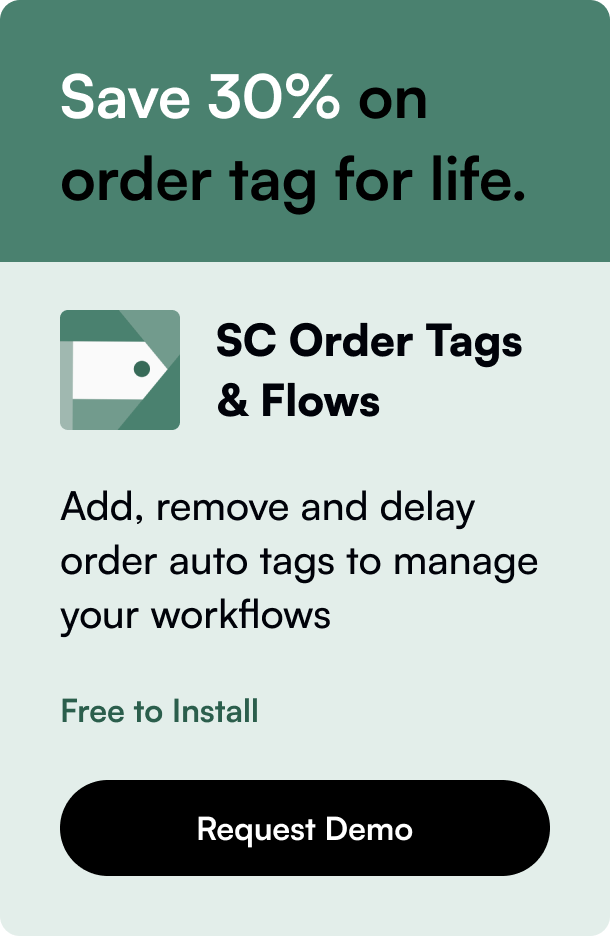Table of Contents
- Introduction
- Pricing and Costs
- Design and Customization
- User-Friendliness
- Scalability
- Functionality
- Performance
- Shopify vs. Magento: A Contrast in Features and Flexibility
- Final Touchpoints
- Conclusion
Introduction
When it comes to launching an e-commerce business, choosing a platform can be a gamechanger. Two of the leading choices are Magento (now part of Adobe Commerce) and Shopify—each claiming to be the better option for online merchants. This post delves into the core areas where these platforms differ, dissecting features, pricing strategies, customization abilities, and overall performance to help you make an informed decision.
Pricing and Costs
A critical aspect that every business considers is the price. While Magento offers an open-source version with no monthly fees, don't be misguided into thinking it's the cheaper option. The platform may require significant investments in hosting, development, and extensions, ramping up the total cost. In contrast, Shopify operates on a subscription model that, while seemingly more affordable, can accumulate costs for additional themes and functionalities.
Highlights
- Magento requires a quote from Adobe for pricing and may have varying costs.
- Shopify offers clear tiered pricing, ranging from $29 to $299 per month.
- Transaction fees prevail in Shopify unless using their payment system.
Design and Customization
Shopify shines with a vast array of both free and premium themes, facilitating quick launch without deep technical know-how. Magento, albeit with fewer theme options, offers unparalleled depth in customization for those willing to dive into its open-source platform or hire experts.
Highlights
- Shopify simplifies design with plug-and-play themes.
- Magento caters to personalized e-commerce experiences through extensive custom developments.
User-Friendliness
Shopify is designed for ease, aiming at business owners looking for simplicity and speed. Magento challenges with a steeper learning curve, but the payoff is substantial flexibility and control—ideal for businesses mapping out a more tailored journey for their e-commerce venture.
Scalability
Both platforms boast scalable solutions, but Magento's robustness suits those seeking aggressive growth and expansion. Shopify is no slouch, effectively servicing small to medium-sized businesses reliably as they scale.
Functionality
Shopify offers core e-commerce functions out-of-the-box, catering to standard shopping experiences. Magento excels with a repository of advanced features, from in-depth customer segmentation to personalized content and promotions.
Performance
Shopify guarantees performance through managed hosting, a blessing for those less inclined to speak tech. Magento demands a custom hosting solution but rewards with performance tweaks aiding high traffic and sales intensity.
Shopify vs. Magento: A Contrast in Features and Flexibility
Feature Flexibility
- Shopify: Offers a balance between ease of use and feature-set customization without the need for coding knowledge.
- Magento: Specializes in advanced functionality with infinite flexibility, potentially requiring a developer's skill.
Template Richness
- Shopify: Spans a spectrum of themes apt for businesses at varying stages.
- Magento: Lays a foundation for unique user experiences with deeply customizable templates.
Technology Handholding
- Shopify: Less burdensome in terms of technical configuration requiring simple setup processes.
- Magento: Demands a more hands-on approach, providing a playground for tech enthusiasts to mold their ideal e-commerce platform.
Final Touchpoints
-
SEO & Marketing: Both contenders ensure your store ranks well and markets efficiently, albeit Magento might ask for more specialized SEO knowledge.
-
Hosting & Security: With Shopify, your hosting and security concerns are less, while Magento presents a home-made security meal -warm and hearty, yet requiring your input.
-
Supportive Backbone: Swinging back, Shopify’s support is comforting, while Magento’s community-driven rescue squad doesn't fail to impress either.
Conclusion
Shopify:
For businesses aiming for rapid launch with smooth operational flow, Shopify is your usher into the e-commerce realm.
Magento:
Seeking bespoke digital journeys with full command over the nuts and bolts? Then, Magento is your throne to e-commerce kingdom building.
With these insights, may entrepreneurs champion the platform that best mirrors the aspirations of their digital commerce dreams. Let the discerning choose and wield the true power of e-commerce encapsulated in Magento or Shopify.
FAQ Section:
Q1: Can I migrate from Shopify to Magento or vice versa without much hassle? Yes, migration is possible and can be performed smoothly with the aid of tools and services designed for such tasks.
Q2: Is there a difference between Magento and Shopify when it comes to international payment processing? Magento offers extensive payment options globally, while Shopify, with its multi-currency operations, isn't far behind.
Q3: What's the learning curve like for Magento and Shopify? Shopify is a straight sprint, accessible to all. Magento proposes an engaging marathon, fulfilling for those who enjoy the scenic route of learning and customization.
Don't be on the fence; align your aspiration with the right e-commerce architecture – be it the simplicity of Shopify or the richness of Magento, pave your pathway to online success.








